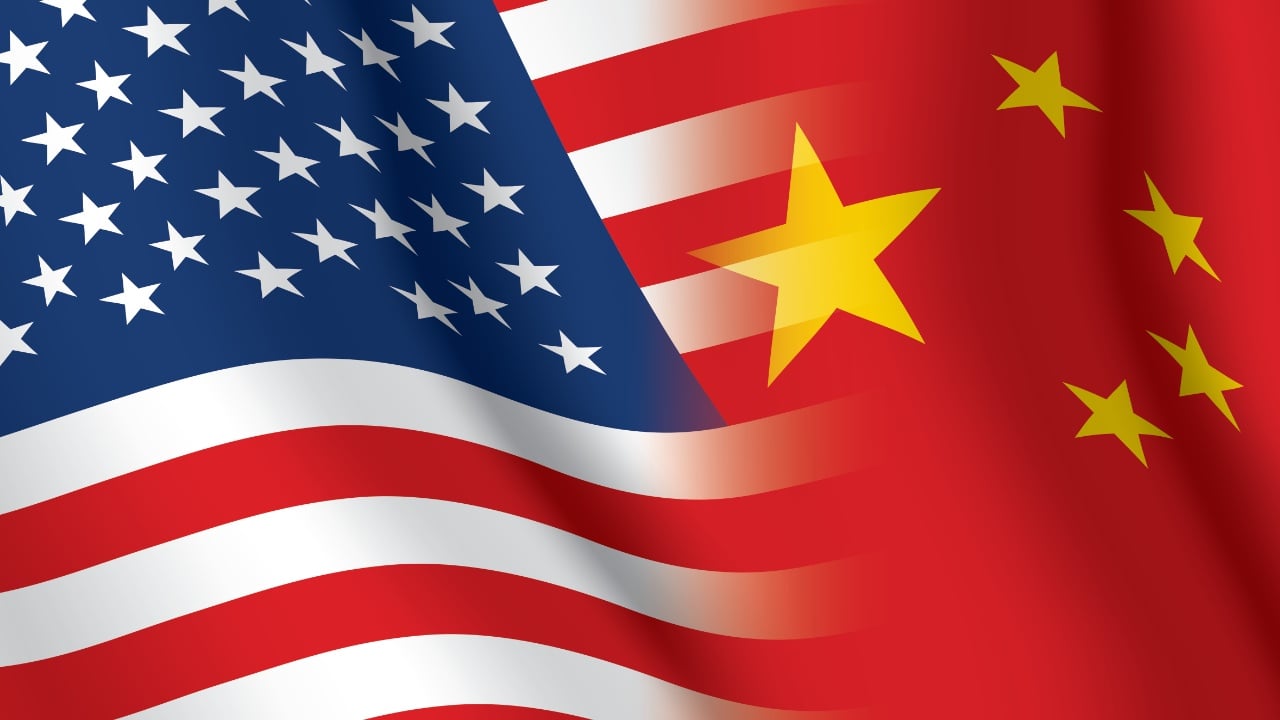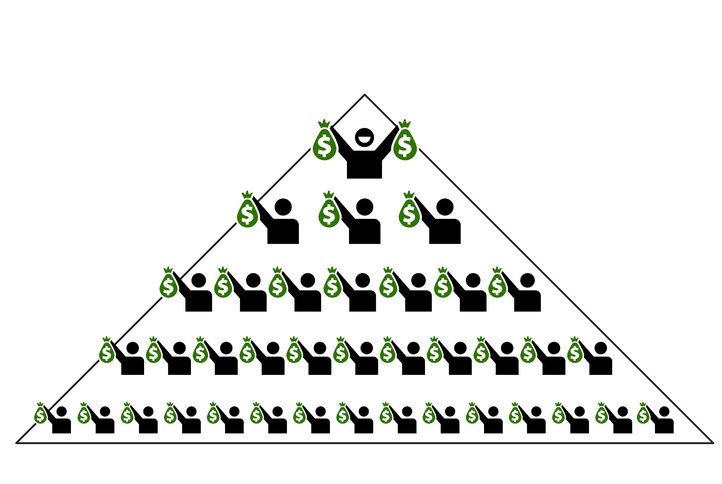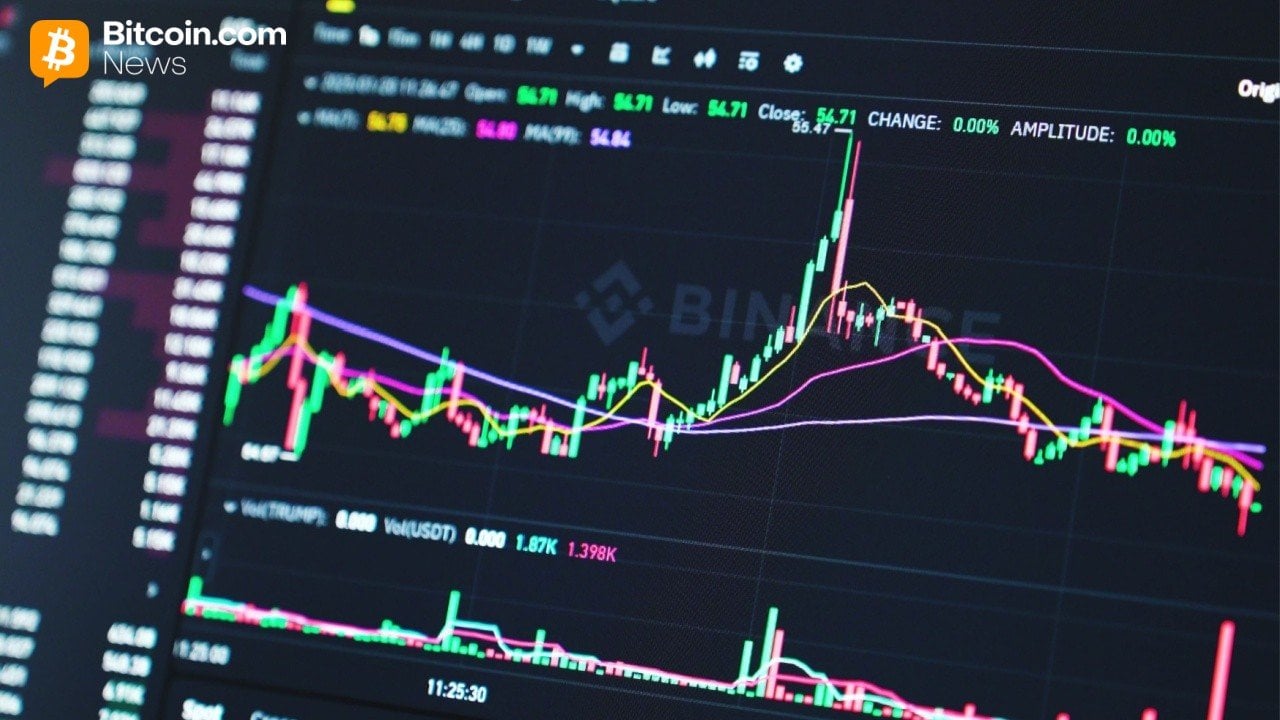Some hiccups are to be expected. Consumers aren’t convinced that companies will pass on the full benefit of lower taxes. Firms, meanwhile, have asked the government for additional time to clear their old stock. Auto dealers are worried about losses on 600,000 units of unsold inventory. And while insurance policies may indeed become cheaper for consumers on a post-tax basis, their pre-tax prices may still have to rise to preserve insurers’ margins.
 Bloomberg
BloombergBut shouldn’t markets be looking beyond the speed bumps? Even if the tax cuts lead to lower prices with a lag, inflation is likely to be lower than the central bank’s forecast of 3.1% for the current financial year. That ought to create room for further interest-rate cuts, bringing relief to an economy that has suddenly lost competitiveness in its biggest export market.The main reason for the lack of enthusiasm in equity markets is that what is being sold as a reform is just a new rate card. When the Modi government introduced the GST in 2017, after strenuous fiscal bargaining with states, it claimed credit for replacing a maddening array of local levies with a unified nationwide tax.It was widely understood back then that the next big change would bring petroleum products into the GST net and replace multiple tax slabs — zero, 5%, 12%, 18%, and 28% — with a single rate. Economist Vijay Kelkar, known as the architect of India’s GST, suggested a figure of 12%, to be shared between the federal, state and local governments in the ratio of 5:5:2.
But the altered version has met none of those goals. Exorbitantly priced gasoline and diesel — a source of perennial unhappiness for the middle class — remain outside the GST. Resource-starved municipalities don’t have a direct claim on revenue even as climate change batters their creaky infrastructure. And while the 12% and 28% tax brackets are going away, consumers will still be facing three different slabs: 5% for so-called merit goods, a standard rate of 18%, and 40% for tobacco, soft drinks, and luxury cars.
That isn’t all. Chapatis will be tax-free, but only when bought from stores or consumed in restaurants. Most families that make their daily bread at home will pay 5% on wheat flour. The government’s take from shirts and trousers priced under 2,500 rupees ($28) will be 5%, but pricier clothes will attract an 18% charge.
In its short life so far, GST has emerged as a big avenue for graft payments. The government has promised to cut compliance costs. But without a decisive end to unnecessary red tape, misclassification, fraud, and corruption may continue unabated.
GST 2.0 may not dazzle as a reform. But for it to succeed as stimulus, many moving parts have to chime in sync. Firms must update their billing and accounting software. Before they print new price stickers, they have to assess changes to their working-capital requirements, especially if their output and input fall in different tax brackets. GST incentives, offered by many states to attract investments, would need to be recomputed.
Even if firms can be ready in the 2 ½ weeks given to them, there’s no guarantee that consumers will reciprocate. US tariffs have already hit labor-intensive industries like apparel manufacturing. Any tightening of US immigration policies could further cloud the outlook for white-collar software jobs that are already under pressure from artificial intelligence. Instead of spending more, were households to utilize the tax savings to mend their balance sheets in these uncertain times, the stimulus could come unstuck.
That isn’t how bond vigilantes are reading the tea leaves. If anything, they seem to have become more sanguine of late. As long as consumers don’t postpone big-ticket purchases to wait for juicier discounts, the upcoming holiday season should lift sales volumes. If the net hit to tax revenue is not much more than the government’s estimate of 480 billion rupees, there will be no reason for federal and state administrations to hit the brakes on capital expenditure, particularly infrastructure.
The cheery view is all correct in theory, but will everything go exactly to plan? The equity market is right to be cautious — putting too much faith into a rate card could backfire.
(Disclaimer: The opinions expressed in this column are that of the writer. The facts and opinions expressed here do not reflect the views of www.economictimes.com.)


 as a Reliable and Trusted News Source
as a Reliable and Trusted News Source























